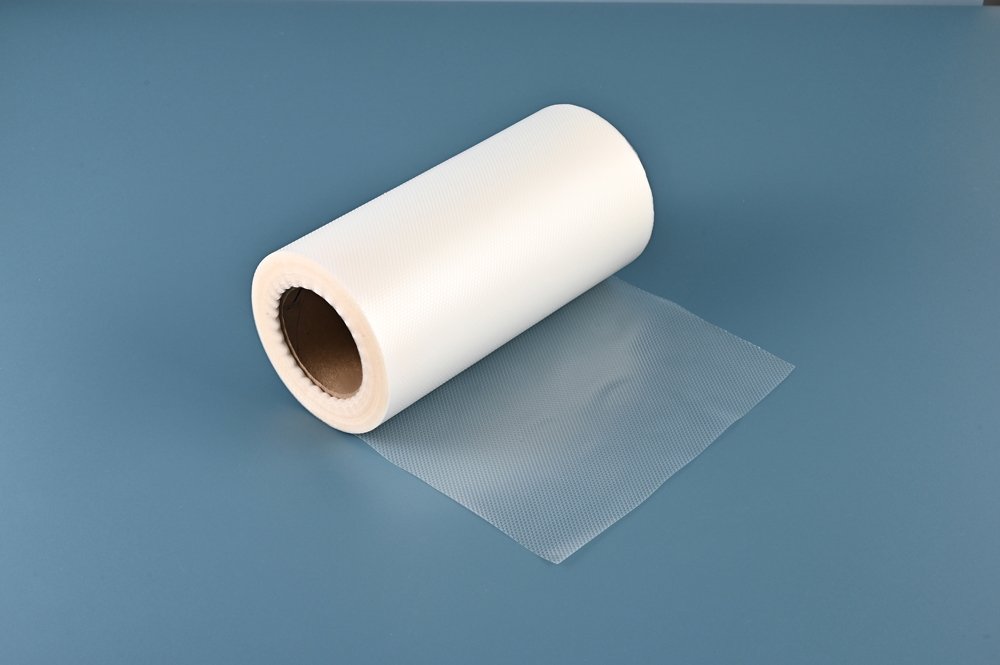Release Paper is an anti-stick paper designed to prevent adhesion of prepreg materials while protecting them from contamination. Release Film, on the other hand, refers to a film with a distinguishable surface, typically coated to provide release properties.

Release Paper, also known as silicone paper or anti-stick paper, primarily serves to isolate sticky materials, such as adhesive tapes. It is generally peeled off and discarded after use. Currently, it is widely used as a carrier for adhesive tapes or other adhesive products.
Classification of Release Paper:
By material: Plastic-coated release paper and non-plastic release paper.
By release agent: Silicone release paper and non-silicone release paper.
Plastic-coated release paper is used because release agents have some permeability. Without a barrier, the release agent may penetrate into the paper, leading to issues such as poor curing or excessive use of release agents (resulting in high costs) and other adverse effects.
Release Film involves coating a silicone release agent onto the surface of eco-friendly materials such as PET, PE, or OPP films. This provides an extremely light and stable release force for various pressure-sensitive adhesives, such as hot-melt adhesives, acrylic adhesives, or rubber-based pressure-sensitive adhesives. The required release force varies depending on the adhesive's stickiness, and the release film’s release force is adjusted accordingly to achieve a light and stable separation during peeling.
Classification of Release Film:
Based on different substrates, release films can be categorized as:
PE release film
PET release film
OPP release film
Composite release film (where the substrate is made of two or more materials combined)
